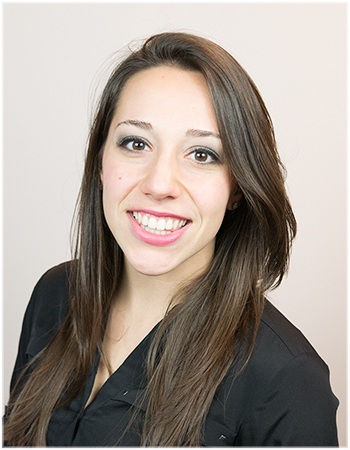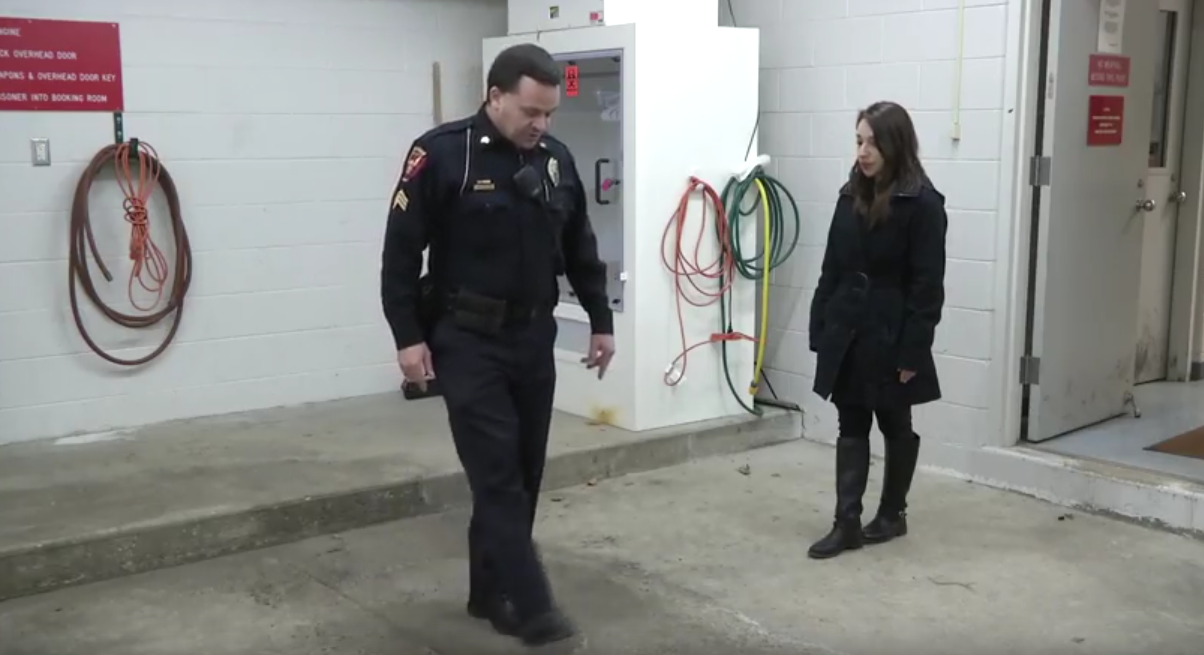What Does a Drinking and Driving Sobriety Test Look Like?
- Published: 3/4/2016
- Comments
MERIDIAN TOWNSHIP - March is an eventful month.
With March Madness and St. Patrick’s Day coming up, drinking and driving become even more of a concern.
The legal drinking and driving limit is a 0.08 blood alcohol content, and Meridian Township Sergeant Scott Dawson explained what would happen if someone were pulled over for suspected drinking and driving.
Dawson said that the person would be asked to step out of the car and then asked to complete each step of the sobriety test.
The police officer or officers involved would ask the person to stand still with his or her feet together, heels and toes touching, and arms straight down by his or her sides.
While the officer explained the task to be performed, the person would have to remain like that and not move.
The first test done would be the gaze-eye movement test.
Sergeant Dawson said that the police officer would place his index finger about six inches to a foot in front of the person’s nose, then move it in various speeds, angles and directions.
The person would be asked to follow the index finger with only the eyes and not turning his or her head.
This test is done to notice any lagging or jerking of the eyeballs and pupils.
The second test is the walk and turn test, where the officer would demonstrate that the person should take nine steps forward, heel to toe, shuffle his or her feet to turn around in little steps, then take another nine steps back to where he or she originally was, also heel to toe.
The person would count out loud each of the steps taken.
Dawson then explained that the third main test is the one leg stand.
Dawson demonstrated hovering one leg about a foot from the ground.
The leg would have to be straight with toes pointed, and arms would stay at the person’s sides.
Holding his or her balance, the person would stay like that for 30 seconds, while counting “one thousand and one, one thousand and two, etc.” until they were told to stop by the police officer.
The one leg stand would be done on both legs, and Dawson said that there is a difference between becoming wobbly due to balance issues and falling due to a few drinks.
If the tests proved that the person had been drinking, the police officer would ask the person to turn around and bend down, so that with arms above the hips, the officer can handcuff him or her.
The person would be placed in the back of the police car while officers observed them for 15 minutes, searched the car and waited for his or her car to be towed.
The officer would take the person to the police station where more tests would be done and where the person would possibly spend the night in a jail cell.


 Spanish
Spanish Chinese (Simplified)
Chinese (Simplified) Korean
Korean French
French German
German Hindi
Hindi Urdu
Urdu Japenese
Japenese Arabic
Arabic Russian
Russian Farsi
Farsi
